Postcard delivered 121 years late reunites family
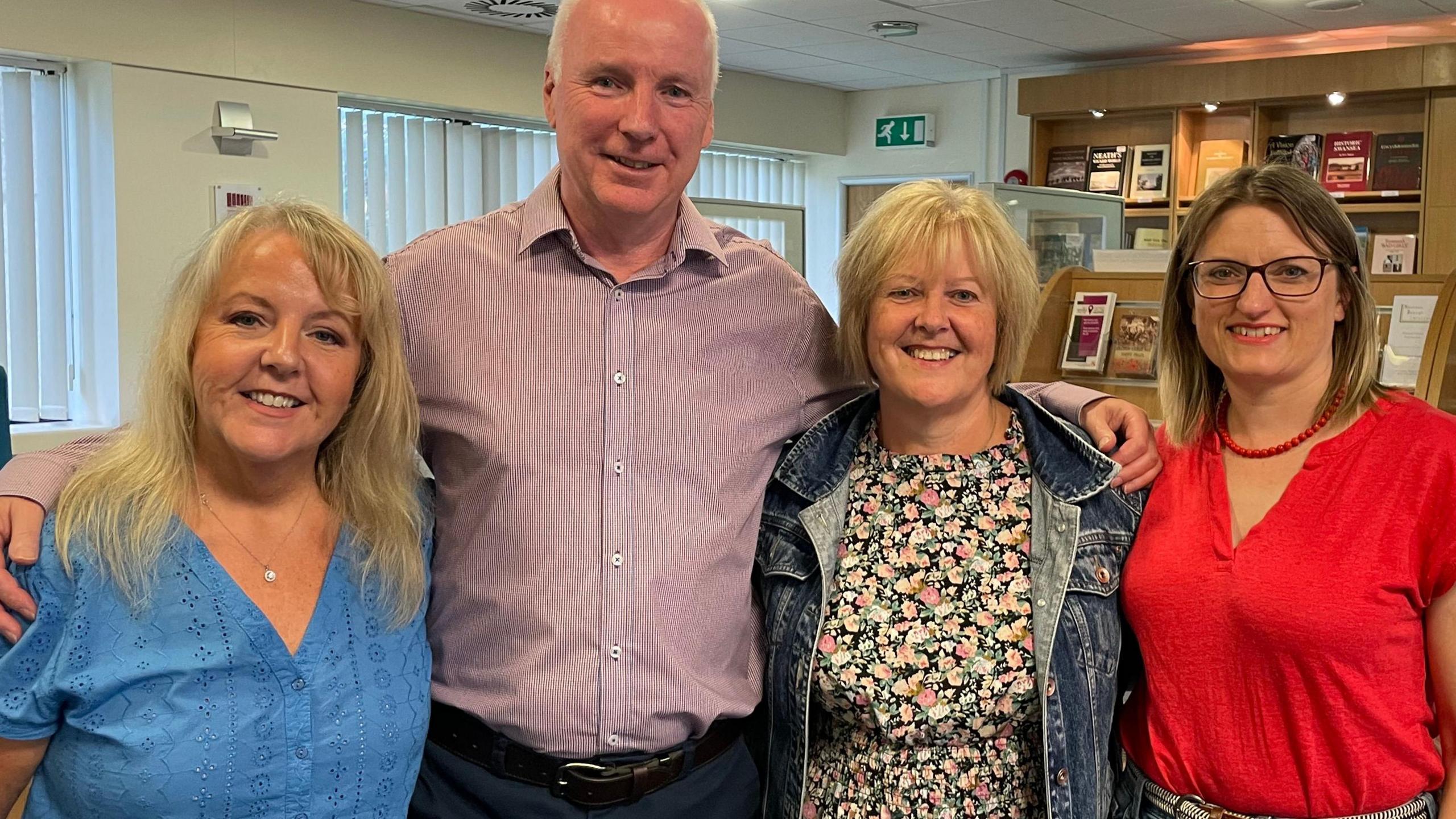
After media stories about the late postcard relatives (left to right) Helen Roberts, Nick Davies, Margaret Spooner and Faith Reynolds got together for the first time
- Published
A postcard which was delivered 121 years after it was posted has reunited long-lost family members who recognised their relatives.
The card, written by a boy called Ewart to his sister Lydia, was delivered this month to Swansea Building Society’s Cradock Street branch, despite having been sent in 1903.
After seeing the story, two families came forward and discovered they were related.
Ewart's grandson said: "It’s like a family reunion, where the only connection you have is a common ancestor dating back to over a 100 years ago."
Postcard finally arrives 121 years after it was sent
- Published21 August 2024
Woman reunited with son after half a century
- Published22 July 2024
Student's postcard from US arrives 32 years later
- Published15 July 2021
Nick Davies, 65, from West Sussex, is Ewart’s grandson and said meeting new family members following the card was "extraordinary".
Mr Davies said Ewart would have been 13, "just a schoolboy spending the summer holidays at his grandfather’s house in Fishguard."
He said: "It seems that his eldest sister Lydia collected postcards, and this postcard that miraculously appeared last week was one that he had sent back home to Swansea."
Ewart wrote: "I could not, it was impossible to get the pair of these, I am so sorry, but I hope you are enjoying yourself at home."
Mr Davies said he believed his grandfather was talking about a pair of postcards.
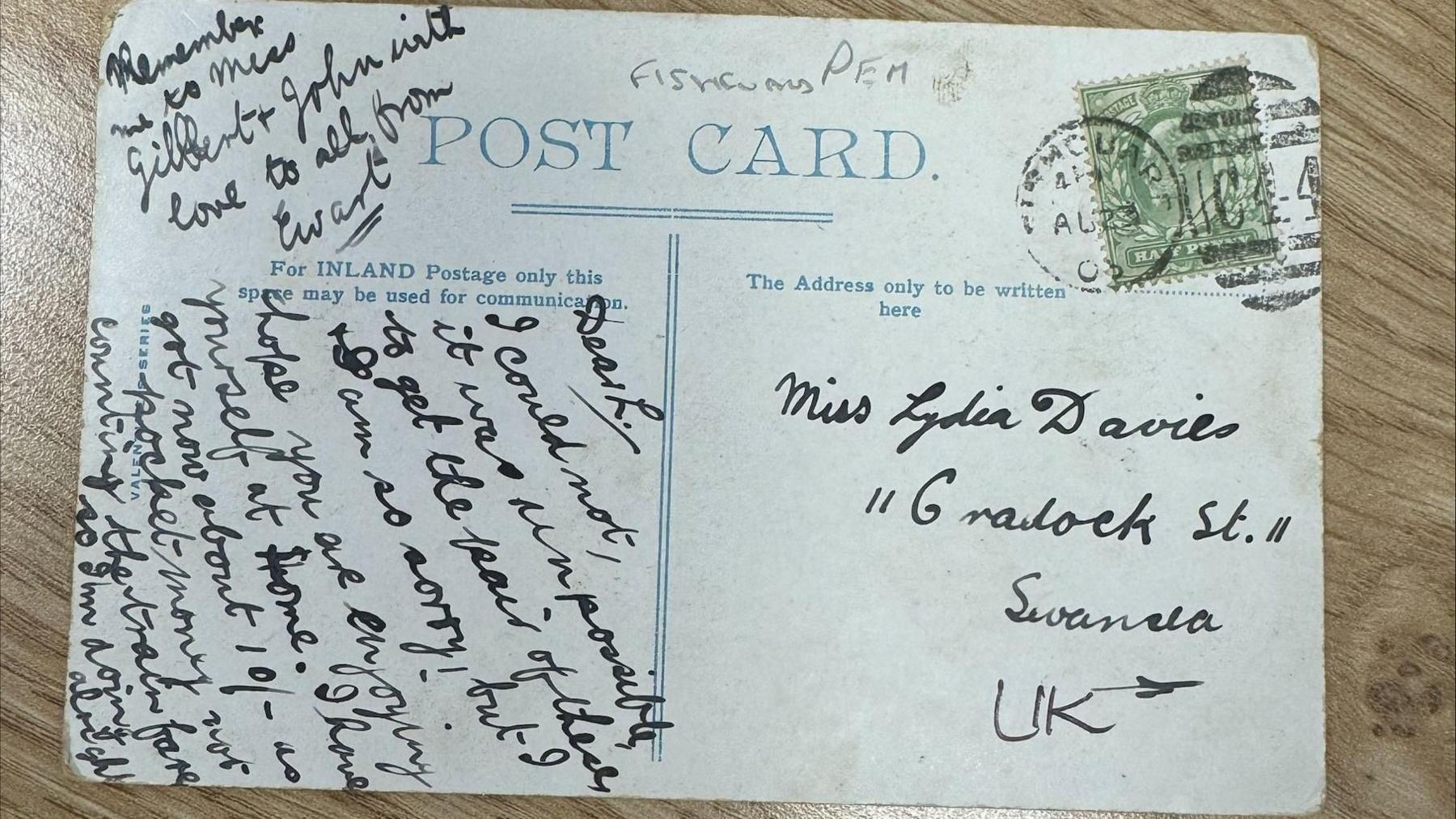
The message was from a boy named Ewart to his sister Lydia, who he calls "L"
Ewart added he had about 10 shillings "in pocket money, not counting the train fare, so I am doing alright".
Ewart and Lydia were brother and sister and were two of six children living at 11 Cradock Street in 1903.
Their parents were John F Davies, who ran a tailor's from the address, and Maria Davies.
Lydia's great nieces, Helen Roberts, 58, and Margaret Spooner, 61, from Swansea, recognised her in the card.
Their grandfather David Stanley Davies was Lydia and Ewart's brother.
Lydia's great-granddaughter, Faith Reynolds, 47, from Devon, had been unaware her relative had siblings.
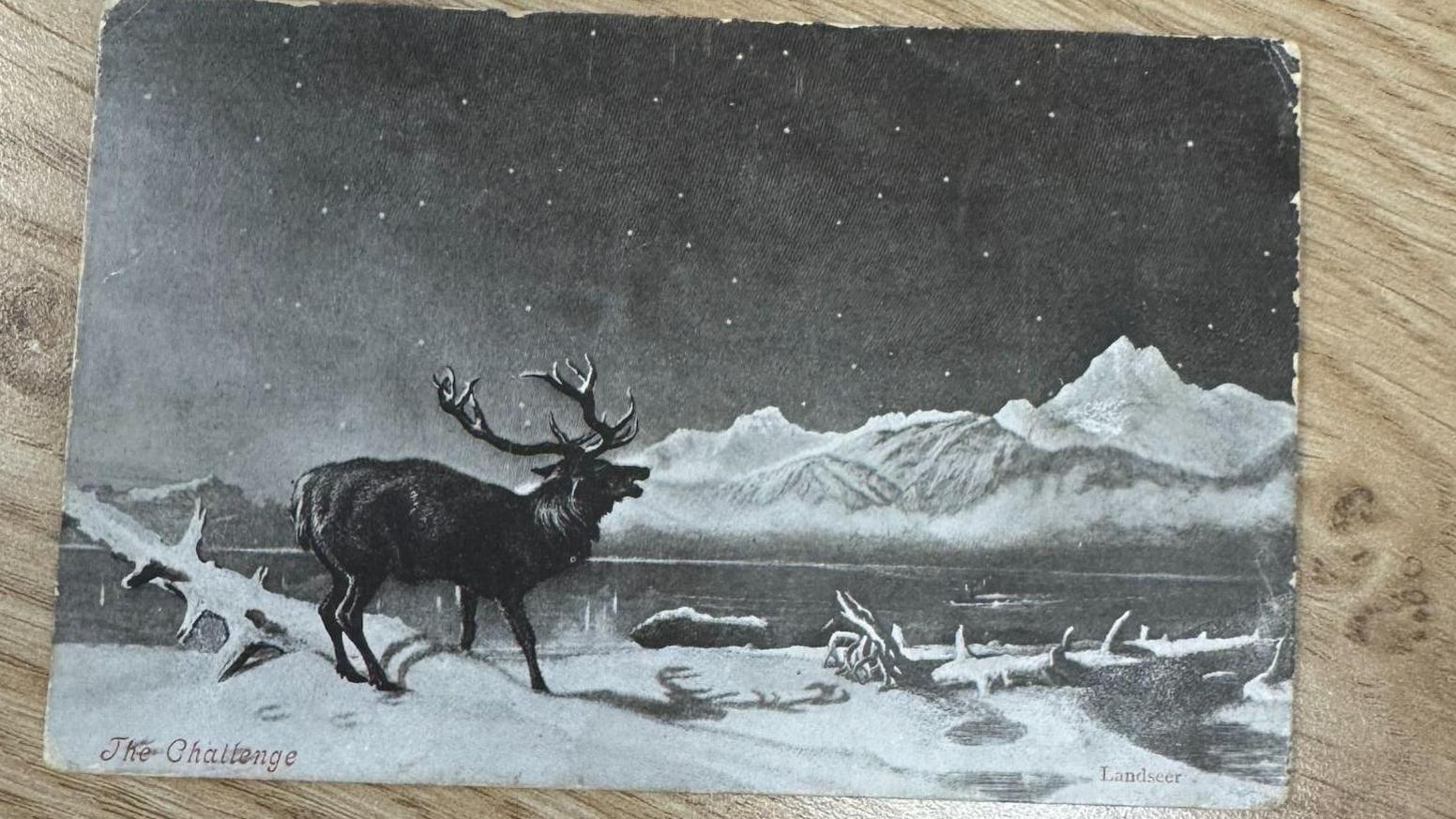
A postcard bearing an image of a reindeer in snow arrived at a shop more than a century after it was posted
All four distant relatives met for the first time at West Glamorgan Archives in Swansea on Wednesday.
Ms Roberts said she has been building her family tree for six years and said: "It is emotional because I didn’t know these family members existed."
"They have knowledge and photographs of previous generations, it’s just putting it all together."
She said she hoped Lydia, Ewart and Stanley, were looking down saying: "That’s nice".
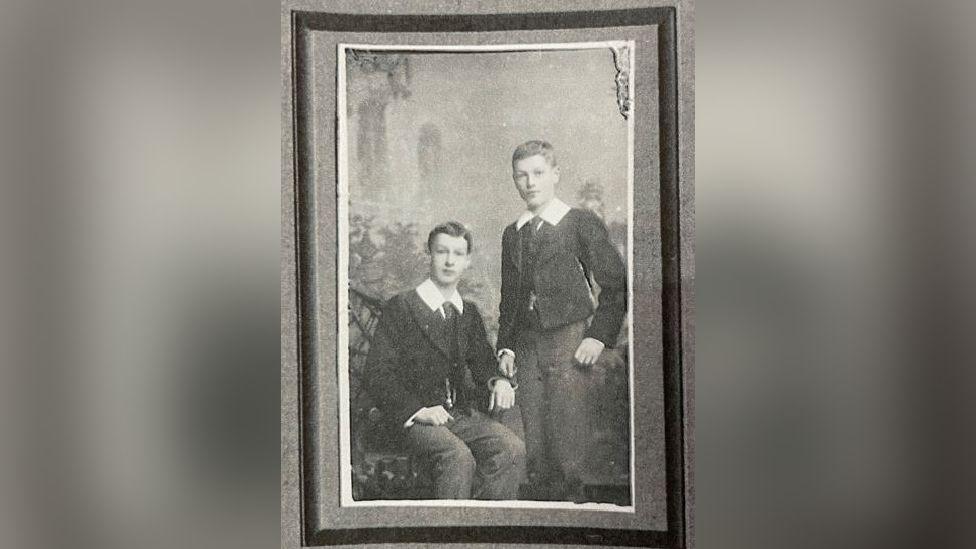
Ewart (right), who was one of six, had a brother named Stanley (left)
Ms Spooner believed the postcard ended up back at 11 Cradock Street after falling from a bible sent to auction after a house clearance.
She said: "We have a theory that maybe the postcard fell out of that, and someone that bought the bible found the postcard and decided to put it back into the postal system."
Ms Reynolds said: "We were contacted by someone about the story and they said they thought the postcard belonged to our family, and we thought, 'Really?'"
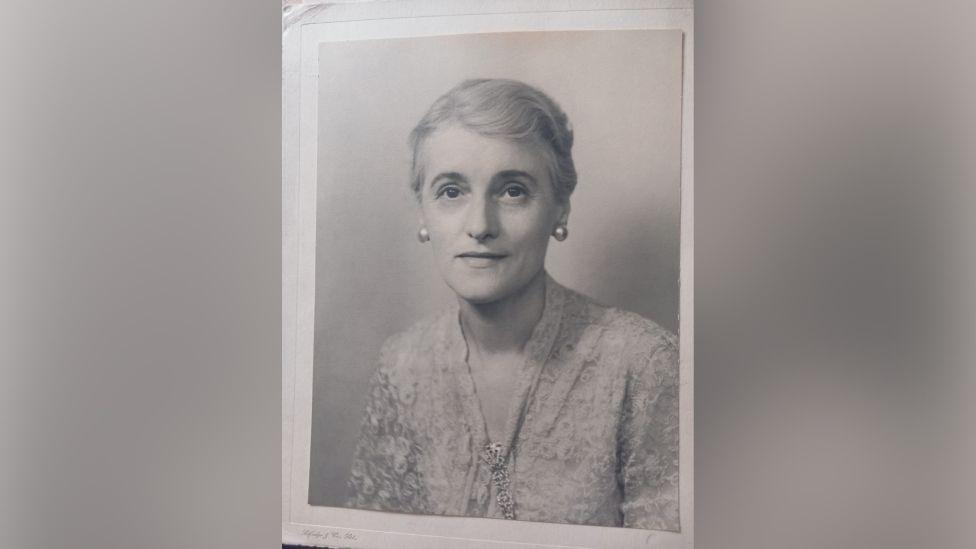
Lydia, to whom Ewart apologised, collected postcards
Ms Reynolds said: "We didn’t realise that my grandmother Mora wasn’t actually an only child, we found out she also had a brother."
"Then when we looked at Lydia, we saw that she had lots of siblings.
"So it's very exciting to meet the relatives and I can't wait to see what more we can discover about our family."
It was decided to keep the card at the archives.
Henry Darby, from Swansea Building Society said: "After speaking with the family and the archive service, we thought it was only fair for it to be housed here for it to be enjoyed as what’s probably now Swansea’s most famous postcard."
Archivist Andrew Dulley, said: "History isn’t something that just sits in the box and stays there - history is all around us."
- Published1 December 2023
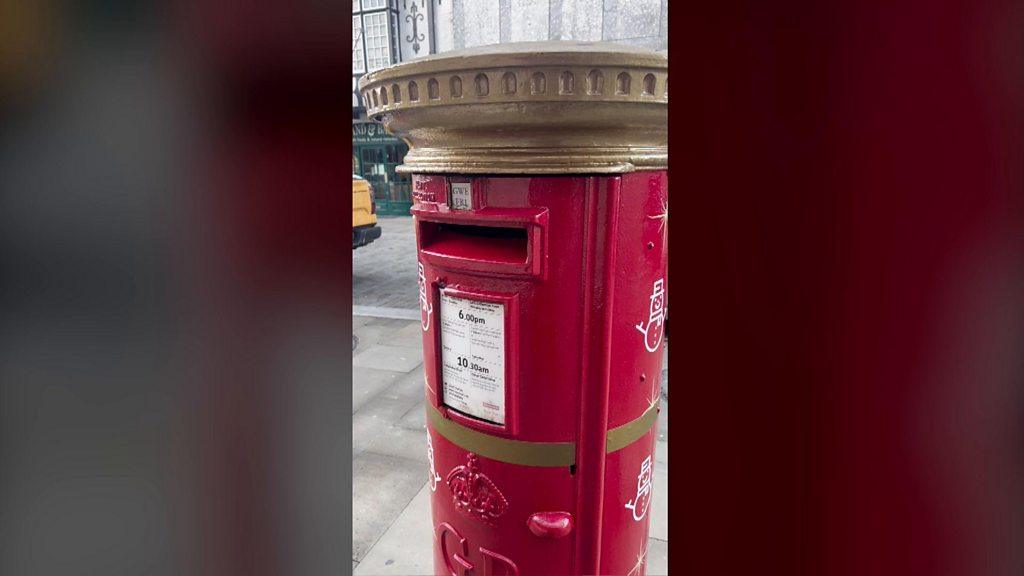
- Published2 July 2024

- Published2 April 2024
